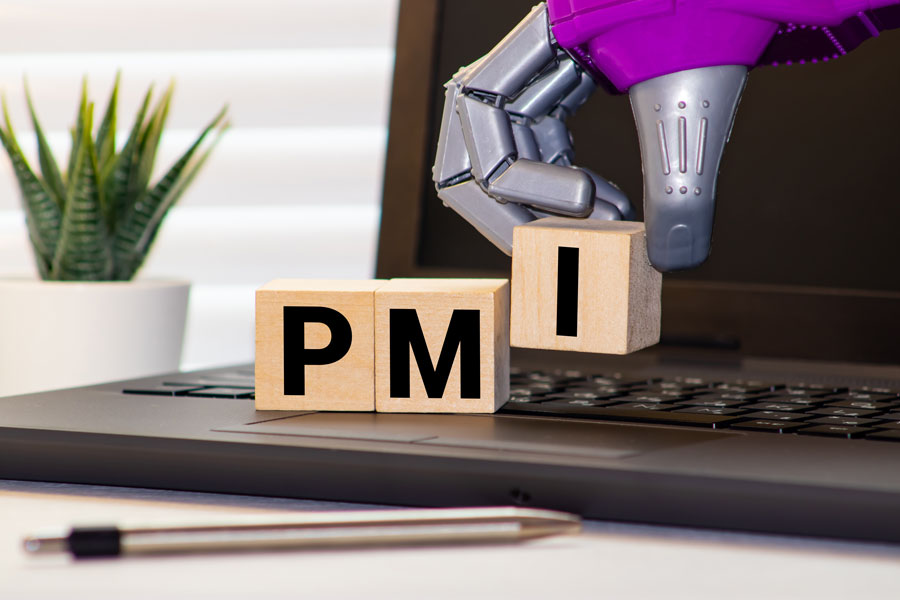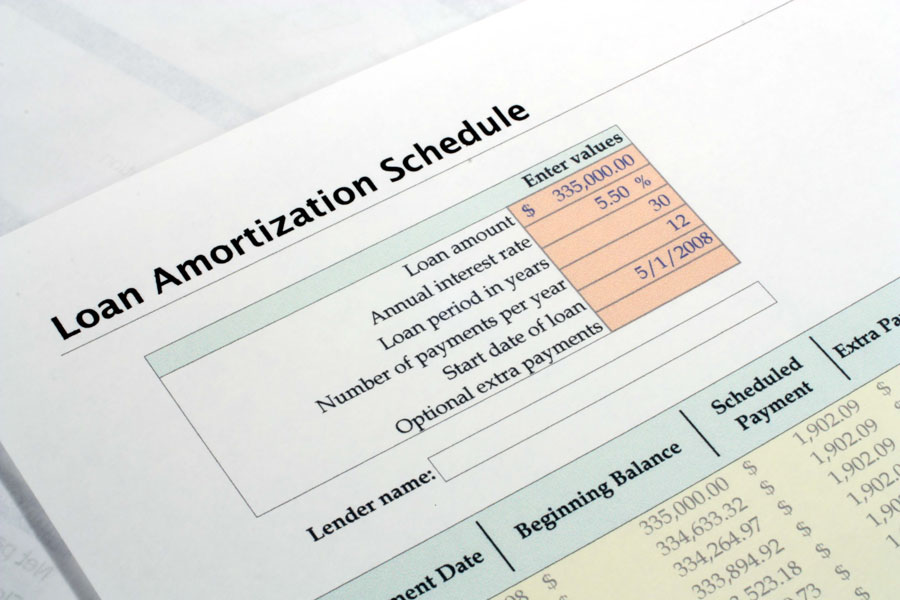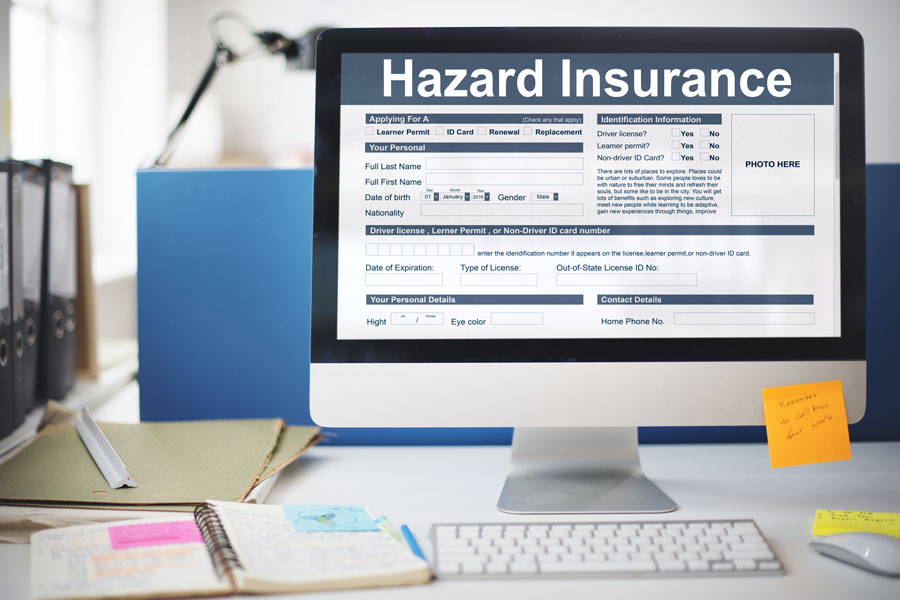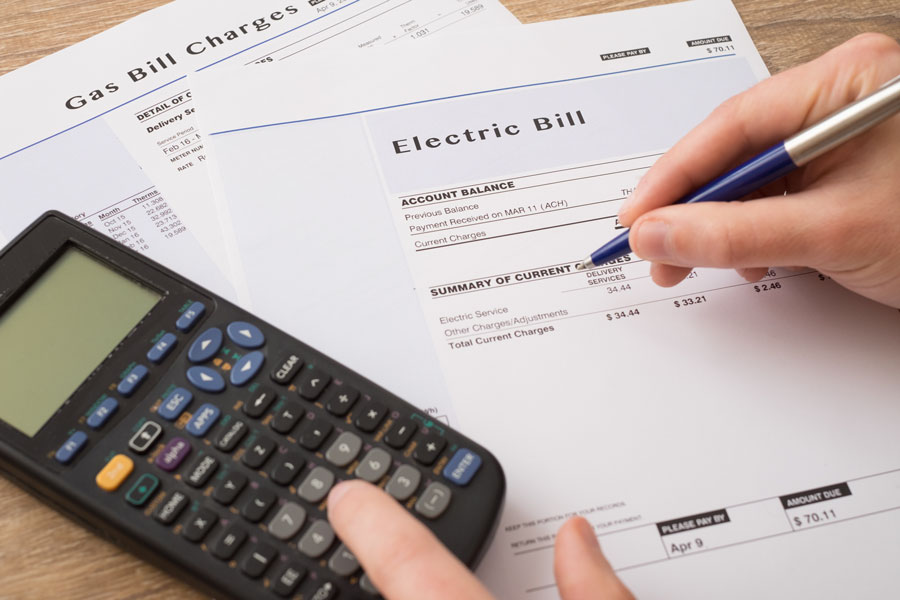Why Do I Need To Pay A VA Funding Fee?
The VA Funding Fee is an essential component of the VA home loan program, and is a requirement of any Veteran taking advantage of this zero down payment government loan program.
This fee ranges from 1.25% to 3.3% of the loan amount, depending upon the circumstances.
On a $150,000 loan that’s an additional $1,875 to almost $5,000 in cost just for the benefit of using the VA home loan.
The good news is that the VA allows borrowers to finance this cost into the home loan without having to include it as part of the closing costs.
For buyers using their VA loan guarantee for the first time on a zero down loan, the Funding Fee would be 2.15%.
For example, on a $15,000 loan amount, the VA Funding Fee would total $3,225, which would increase the monthly mortgage payment by $18 if it were financed into the new loan.
So basically, the incremental increase to a monthly payment is not very much if you choose to finance the Funding Fee.
Historical Trivia:
Under VA’s founding law in 1944 there was no Funding Fee; the guaranty VA offered lenders was limited to 50 percent of the loan, not to exceed $2,000; loans were limited to a maximum 20 years, and the interest rate was capped at 4 percent.
The VA loan was originally designed to be readjustment aid to returning veterans from WWII and they had 2 years from the war’s official end before their eligibility expired. The program was meant to help them catch up for the lost years they sacrificed.
However, the program has obviously evolved to a long term housing benefit for veterans.
The first Funding Fee was ½% and was enacted in 1966 for the sole purpose of building a reserve fund for defaults. This remained in place only until 1970. The Funding Fee of ½% was re-instituted in 1982 and has been in place ever since.
The Amount Of Funding Fee A Borrower Pays Depends On:
- The type of transaction (refinance versus purchase)
- Amount of equity
- Whether this is the first use or subsequent use of the borrower’s VA loan benefit
- Whether you are/were regular military or Reserve or National Guard
*Disabled veterans are exempt from paying a Funding Fee
The table of Funding Fees can be accessed via VA’s website – CLICK HERE
The main reason for a Veteran to select the VA home loan instead of another program is due to the zero down payment feature.
However, if the Veteran plans on making a 20% or more down payment, the VA loan might not be the best choice because a conventional loan would have a similar interest rate, but without the Funding Fee expense.
The best way to view the VA Funding Fee is that it is a small cost to pay for the benefit of not needing to part with thousands of dollars in down payment.
_________________________________
Related Articles – Mortgage Approval Process:
- Basic Mortgage Terms
- How Much Can I Afford?
- Common Documents Required For A Mortgage Pre-Approval
- Top 8 Questions To Ask Your Lender During Application Process
- What’s The Difference Between An Investment Property, Second Home and Primary Residence?
- Seven Items Real Estate Agents Need To Know About Your Mortgage Approval











